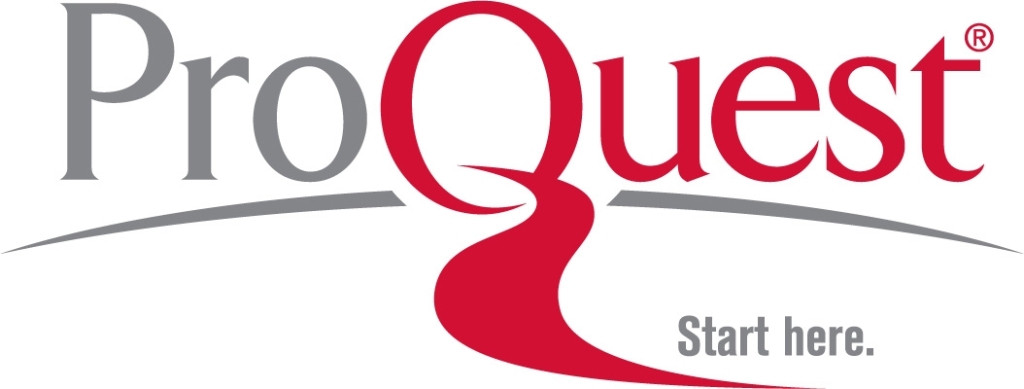ÖZ
Bu çalışmanın amacı, bütünleşik STEM etkinliklerinin mühendislik tasarım sürecine katılan bir grup öğretmenin yansıtıcı karar verme süreçlerinin doğasını ve bu süreçte yansıtıcı karar verirken kullandıkları argümantasyon şemalarını incelemektir. Çalışmaya tümü aynı kurumdan, farklı STEM disiplinlerinde uzmanlığa sahip on bir öğretmen katılmıştır. STEM mesleki gelişim programı beş gün boyunca katılımcı öğretmenlere verilmiştir. Program boyunca her gün, katılımcıların dönüşümlü olarak oluşturdukları iki ayrı grupta yaklaşık dört saat süren tasarım temelli bütünleşik bir STEM etkinliği yürütülmüştür. Söylem analizi için her grubun verileri ses kayıt cihazı kullanılarak toplanmış ve Jefferson (2004)'ın Transkript Sistematiği kullanılarak yazıya dökülmüştür. Mesleki gelişim programı sırasında, araştırmacılar grupları dolaşmış, grupların konuşmalarını dinlemiş ve grup üyelerinin katılımını gözlemlemiştir. Ayrıca alanyazında tanımlanan analiz basamakları da kullanılmıştır. Sonuçlar, mühendislik tasarım sürecinin “ortak tasarım” ve “baskın bir üyenin varlığı” olmak üzere iki şekilde gerçekleştirildiğini göstermiştir. Ortak tasarım; tasarım öncesi, tasarım ve tasarım sonrası aşamalarda yürütülmüştür. Baskın üyenin varlığı, ortak olmayan tasarım odaklı söylemlerde ve tasarım sonrası aşamalarda görülmektedir. Grup içindeki aktivite sürecini şekillendirmede ve süreci yönetmede temel faktörlerden birinin grup içinde baskın bir üyenin varlığı olduğu sonucu elde edilmiştir. Bu çalışmada baskın üye tüm etkinlikler için aynı katılımcı değildir. Aksine, farklı tasarım etkinlikleri sırasında farklı baskın üyeler ortaya çıkmıştır. Öğretmenler, bütünleşik STEM etkinlikleri için yansıtıcı karar verme sürecinde kişinin kendi sahip olduğu bilgiden gelen argümana, araştırma sonucunda gelen bilgiden üretilen argümana, sonuçlardan gelen argümana ve popüler görüşten gelen argümana dayalı olmak üzere dört argümantasyon şeması kullanmışlardır. Bütünleşik STEM mesleki gelişim programları, bu tür baskın karakterli öğrenciler ile sınıfta başa çıkmayı öğrenmeleri adına, öğretmenlerin işbirlikçi yansıtıcı karar verme ve grup çalışması becerilerini desteklemelidir. Ayrıca öğretmenler, küçük grup üyelerinin birbirleriyle etkileşimleri üzerine mesleki gelişim programları da almalıdır.
ANAHTAR KELİMELER
DOI: http://dx.doi.org/10.15390/EB.2022.11216







